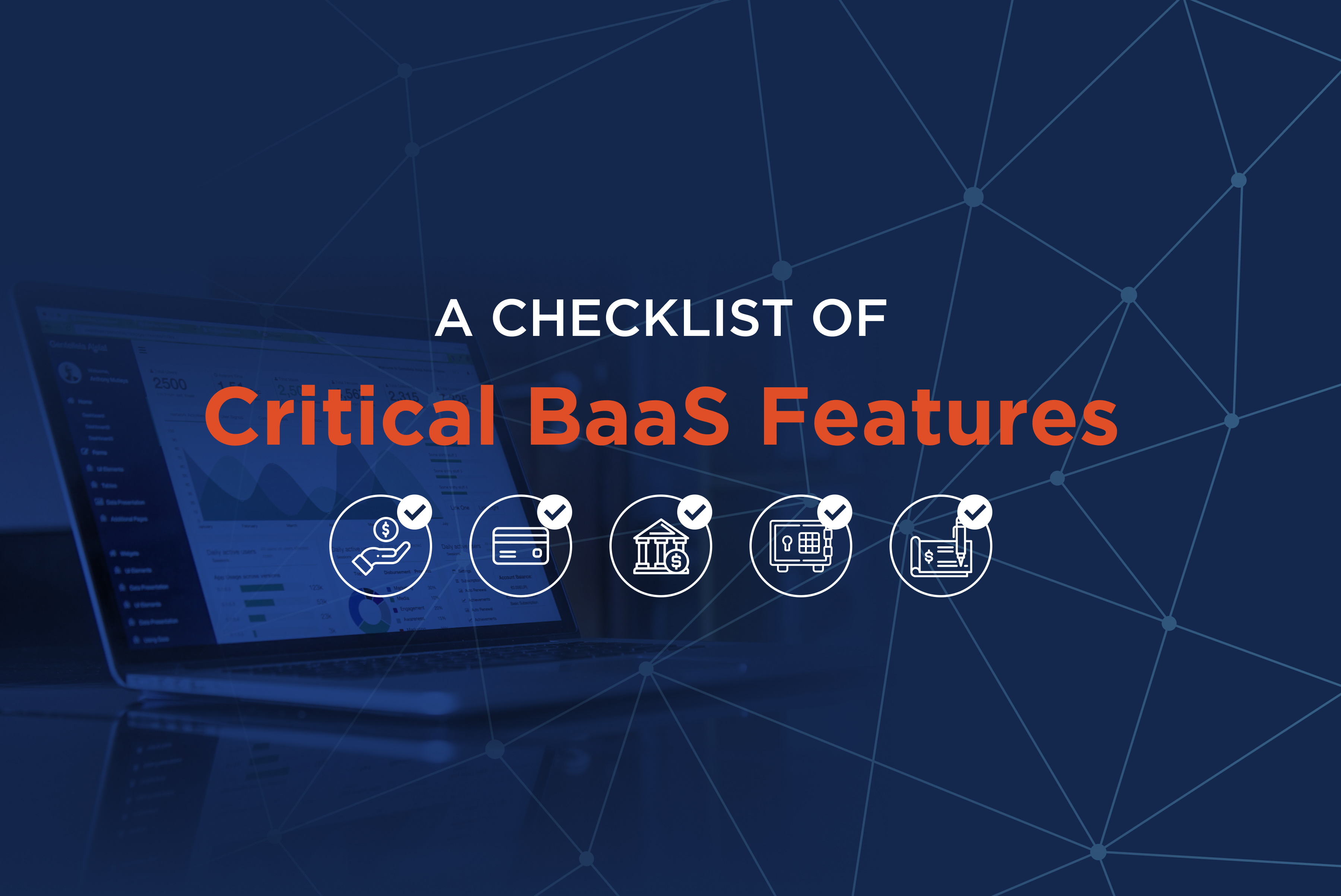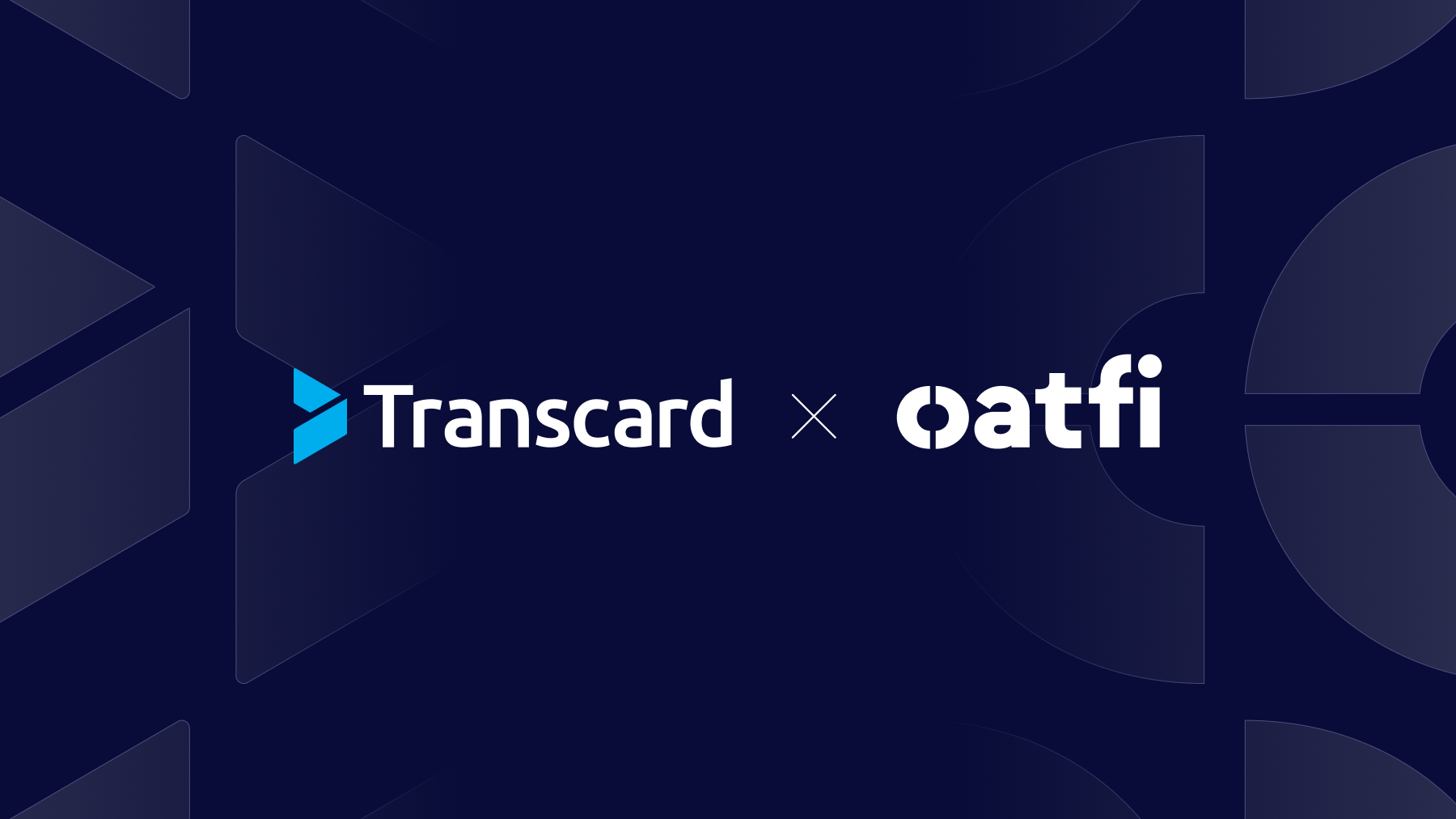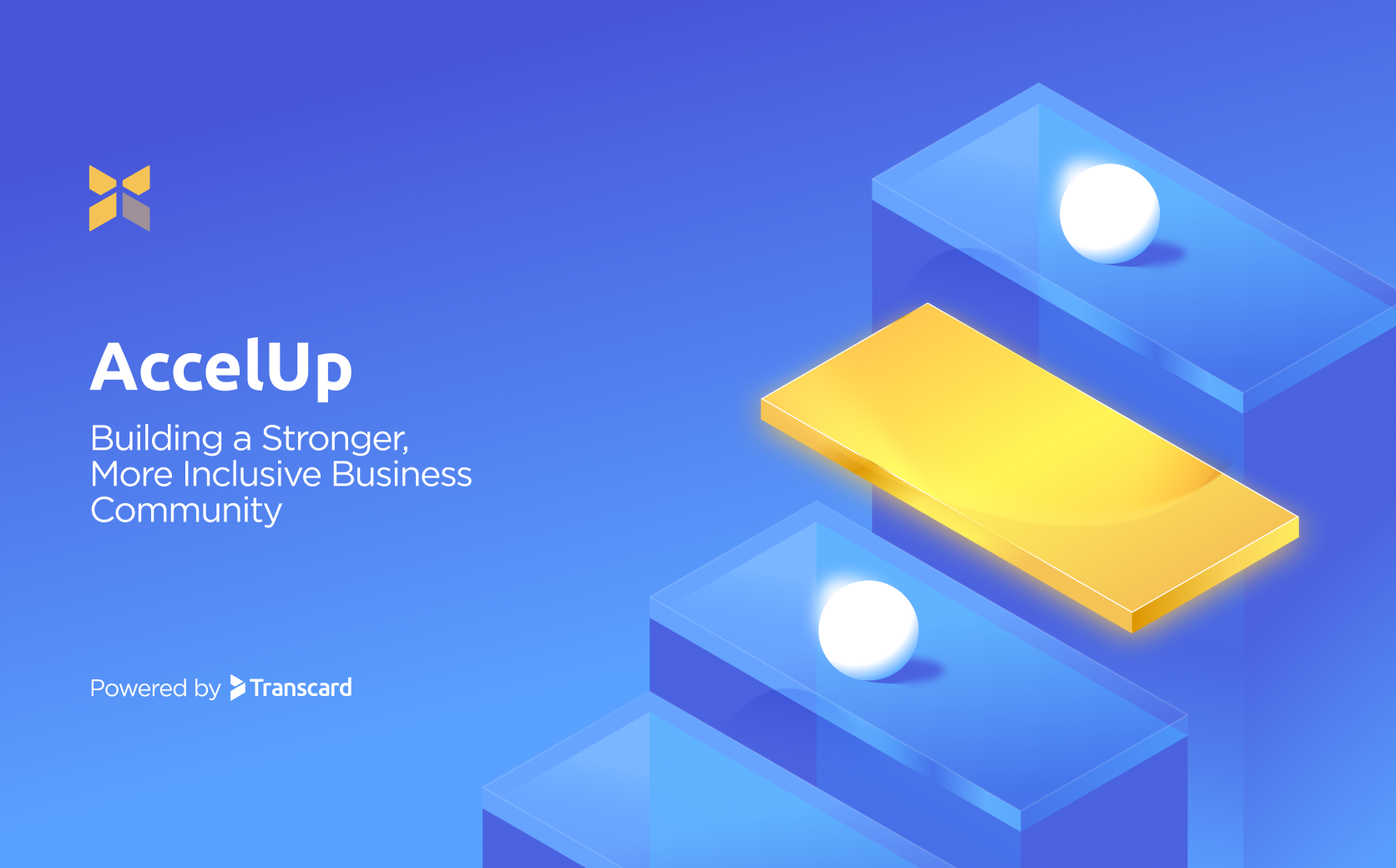Banking-as-a-Service (BaaS) could be a turning point for fintechs.
A BaaS platform enables fintechs and other third parties – as well as banks and credit unions – to connect with licensed and regulated banking back-ends via Application Programming Interfaces (APIs) so they can build financial services applications. In some cases, the banking back-ends are provided by fintechs that offer BaaS and deliver core banking service at the same time.
BaaS can fill the gap between the solutions a fintech offers and what customers demand.
The key to success lies in choosing the right BaaS platform to match a fintech’s business needs.
Here is a checklist of what to look for in a BaaS platform.
- Deep integration. The evolution in financial services is being driven by BaaS platforms that integrate with legacy applications to maximize connectivity and facilitate access to data.
- Easy-to-use open APIs. Getting up to speed on legacy core processing systems is a tall order for fintechs. Open APIs make it a snap for fintechs to connect to best-in-class BaaS platforms and begin developing core banking applications to better serve their customers. The APIs for some BaaS platforms support all the platform’s features and functionality.
- Banking services. Look for a BaaS platform that supports critical banking services such as payments, debit cards, checking accounts, Demand Deposit Accounts, and statements.
- Configurability. Delivering the seamless multichannel experience that customers crave requires fintechs to deploy a BaaS platform that integrates easily with legacy applications, provides omni-channel payments capabilities, and provides configurable workflows.
- Digital workflows. Dispensing and retrieving funds requires fintechs to integrate with a BaaS platform that offers workflows for routing money based on pre-defined business rules.
- Account flexibility. Ensuring that customers can efficiently manage their funds requires fintechs to find a BaaS platform that can manage multiple bank- or business-based accounts, aggregate funds among accounts, and manage multiple expense cards out of a single account.
- Real-Time Payments (RTP). More customers are embracing global real-time payments. Fintechs can quickly create differentiated products and services by partnering with a BaaS platform provider that facilitates the initiation and receipt of any type of RTP transaction, including instant or immediate payments, low-value Automated Clearing House (ACH) transactions, cross-border or modern digital payments with request-to-pay capabilities.
- ACH Push and Pull Payments. Customers want the convenience of determining how they will make ACH payments for recurring bills such as utilities. Unlike most core processing systems, best-in-class BaaS platforms provide customers with the flexibility of choosing push payments – where the customer initiates the withdrawal of funds from their account – or pull payments – where the supplier withdraws the funds from the customer’s account.
- Card options. Best-in-class BaaS platforms can attach any card type to a single account.
- Cost-effective architecture. Traditional core banking systems are expensive to deploy and maintain and come with rigid pricing models that cannot be easily adapted to customer needs.
- Artificial intelligence (AI). AI automates tasks that previously required human judgement. BaaS platforms are incorporating AI to power chat bots that simulate human interactions, such as asking customers how they would like to receive their funds and digitally explaining available payments options. BaaS platforms also are employing AI to identify transaction patterns or anomalies that might indicate fraud and to monitor how data is accessed.
The stakes are rising for fintechs, along with the competition.
The right BaaS platform is critical to competing and providing a better customer experience.




